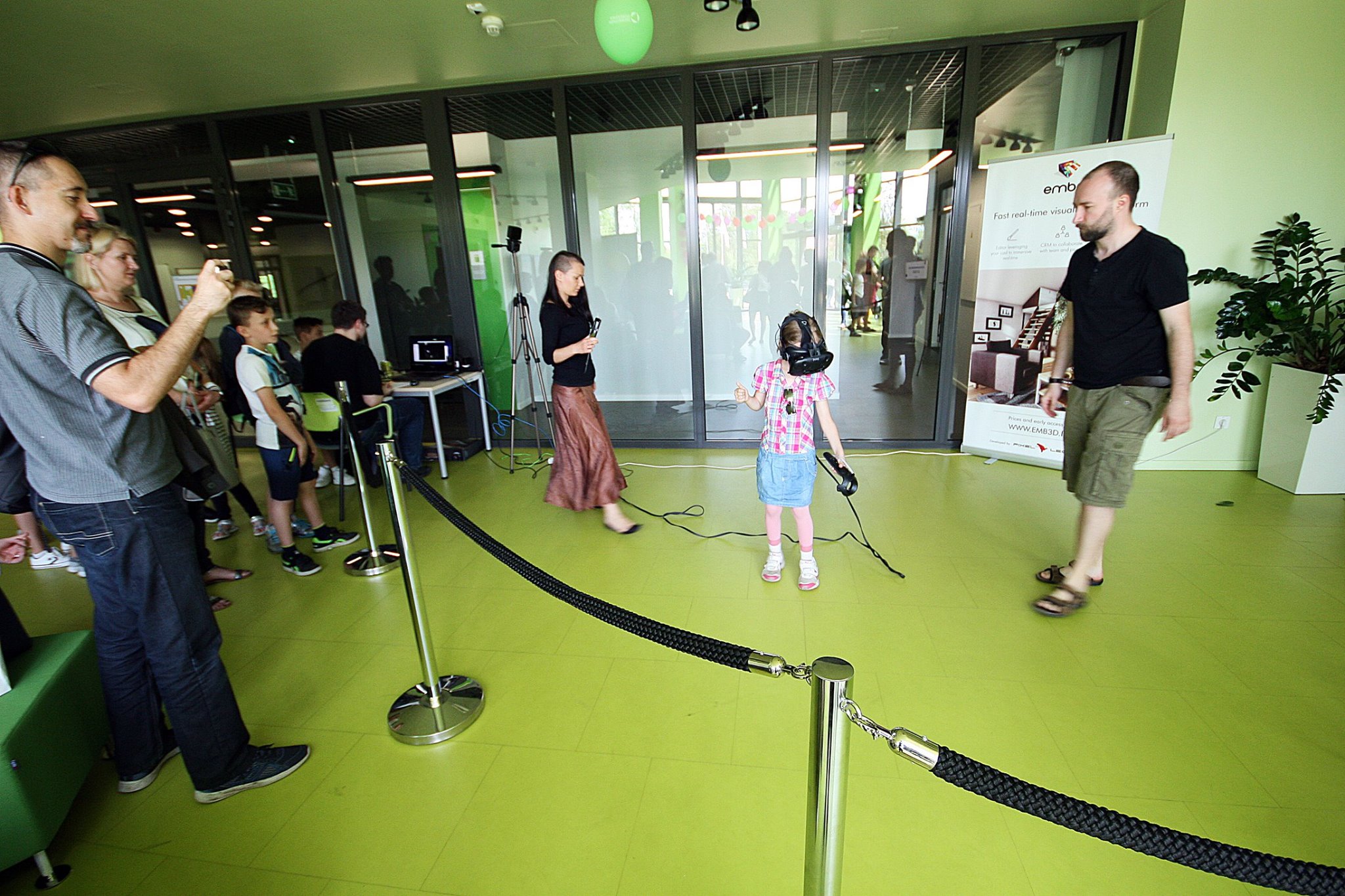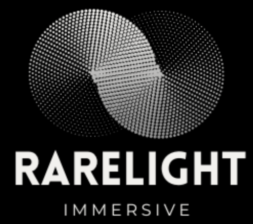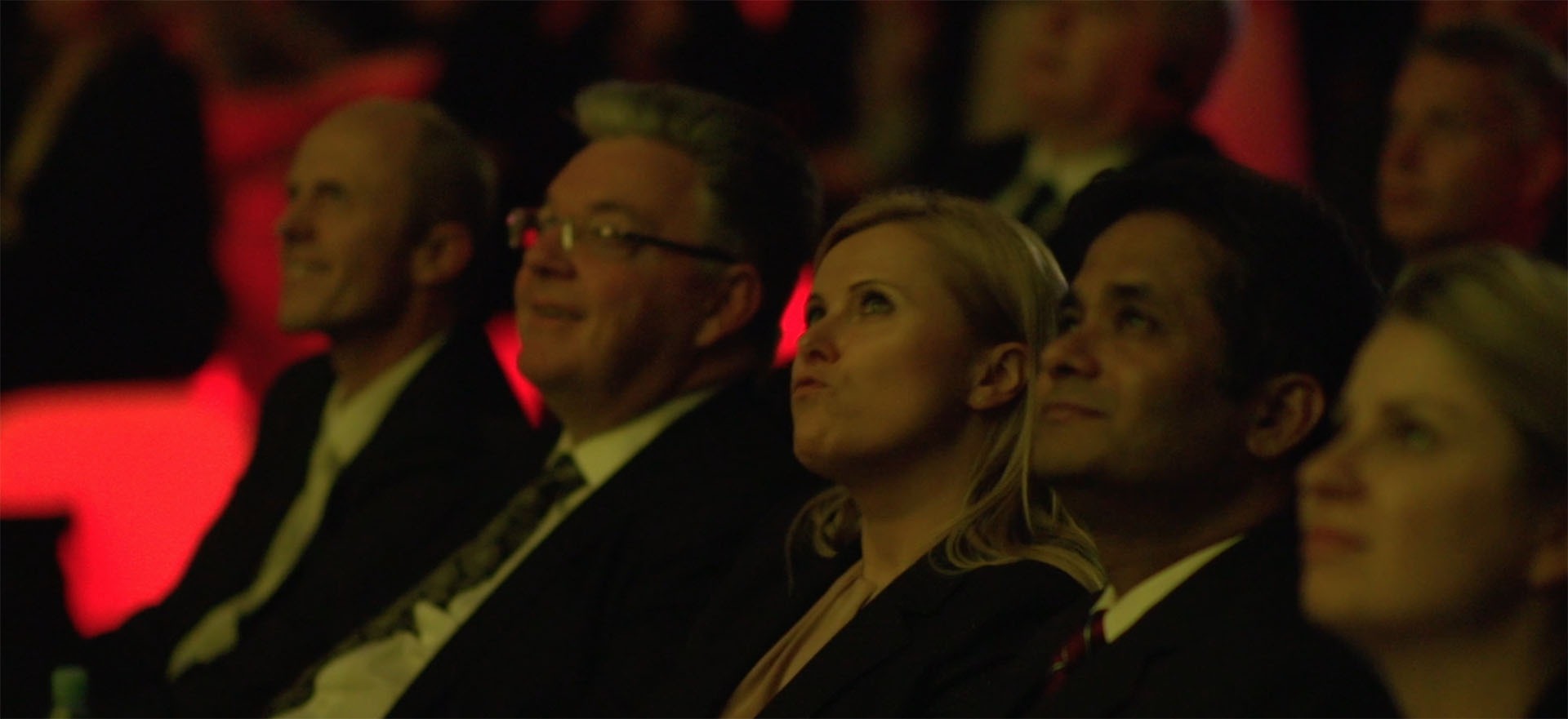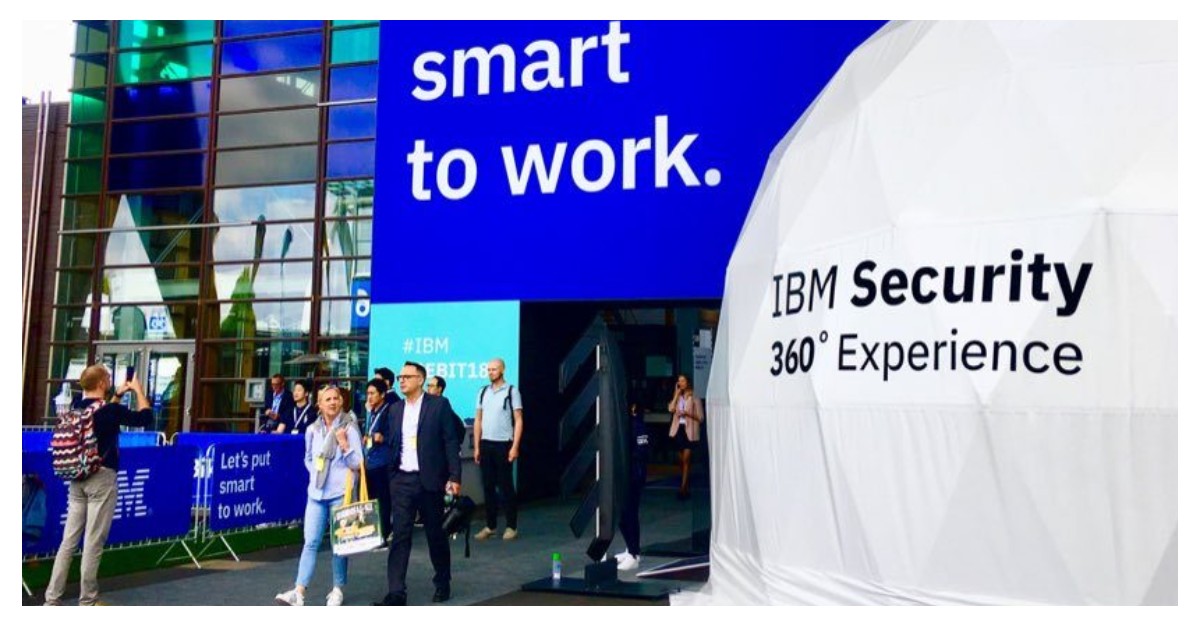
Virtual Reality and kids – latest results from research and our prototypes
Virtual reality (VR) is an emerging technology with the potential to revolutionize the way kids learn and play. VR headsets provide users with an immersive and interactive experience, allowing them to explore virtual worlds and interact with objects in a way that is not possible in the real world.
This case study will examine how VR is being used by kids in education, therapy, and entertainment. It will also discuss the most recent research data on the benefits and risks of VR use for children.
Education
VR is increasingly being used in schools to create engaging and interactive learning experiences. For example, students can use VR to take virtual field trips to historical sites, explore the human body, or learn about complex scientific concepts.
A 2023 study published in the journal Educational Technology Research and Development found that students who used VR to learn about chemistry concepts performed significantly better on tests than students who learned using traditional methods. The study also found that students who used VR were more motivated and engaged in their learning.
Therapy
VR is also being used to treat a variety of childhood conditions, including autism spectrum disorder (ASD), anxiety, and phobias. For example, VR can be used to help children with ASD develop social skills, practice communication skills, and learn new behaviors.
A 2023 study published in the journal Child Psychiatry & Human Development found that VR-based therapy was effective in reducing anxiety symptoms in children with ASD. The study also found that VR therapy was more effective than traditional therapy methods.
Entertainment
VR is also becoming increasingly popular for entertainment purposes. There are now a wide variety of VR games and experiences available for kids, including educational games, adventure games, and social experiences.
VR games can help kids develop problem-solving skills, spatial reasoning skills, and hand-eye coordination. VR experiences can also help kids learn about different cultures and perspectives.
Our approach – Escape Room for Kids
The concept was simple. Let’s set up the HTC Vive and invite children to test our Kid room VR game, which is – as the name suggests 🙂 – a virtual escape room for children. The kids discover all kinds of interactions in a locked room where everything can also be demolished. There was a queue of people willing to test and the fun started.
Research data
The body of research on the benefits and risks of VR use for children is still growing. However, the most recent research suggests that VR can be a safe and effective tool for learning, therapy, and entertainment.
A 2023 study published in the journal Pediatrics found that short-term use of VR by children is safe and does not lead to any adverse effects. The study also found that VR can be used to improve a variety of child development outcomes, including cognitive skills, social skills, and emotional well-being.
Results
VR is a powerful technology with the potential to have a significant impact on the way kids learn, play, and heal. As VR technology continues to develop and become more affordable, we can expect to see even more innovative and effective VR applications for kids.
The effects were surprising. Children, unlike adults, were not at all intimidated by the world of VR, even if they put on glasses for the first time in their lives. They energetically grabbed the controllers and moved – literally – forward, not looking back at the cables and walls. Because they had not yet lost their natural curiosity and were not afraid of failure or embarrassment, they tried all the possibilities and variants of the game. The queue grew, and the next child in line counted the last ten seconds out loud to the playing toddler. The children watched the progress and points scored on the laptop screen and there was a lot of laughter.








